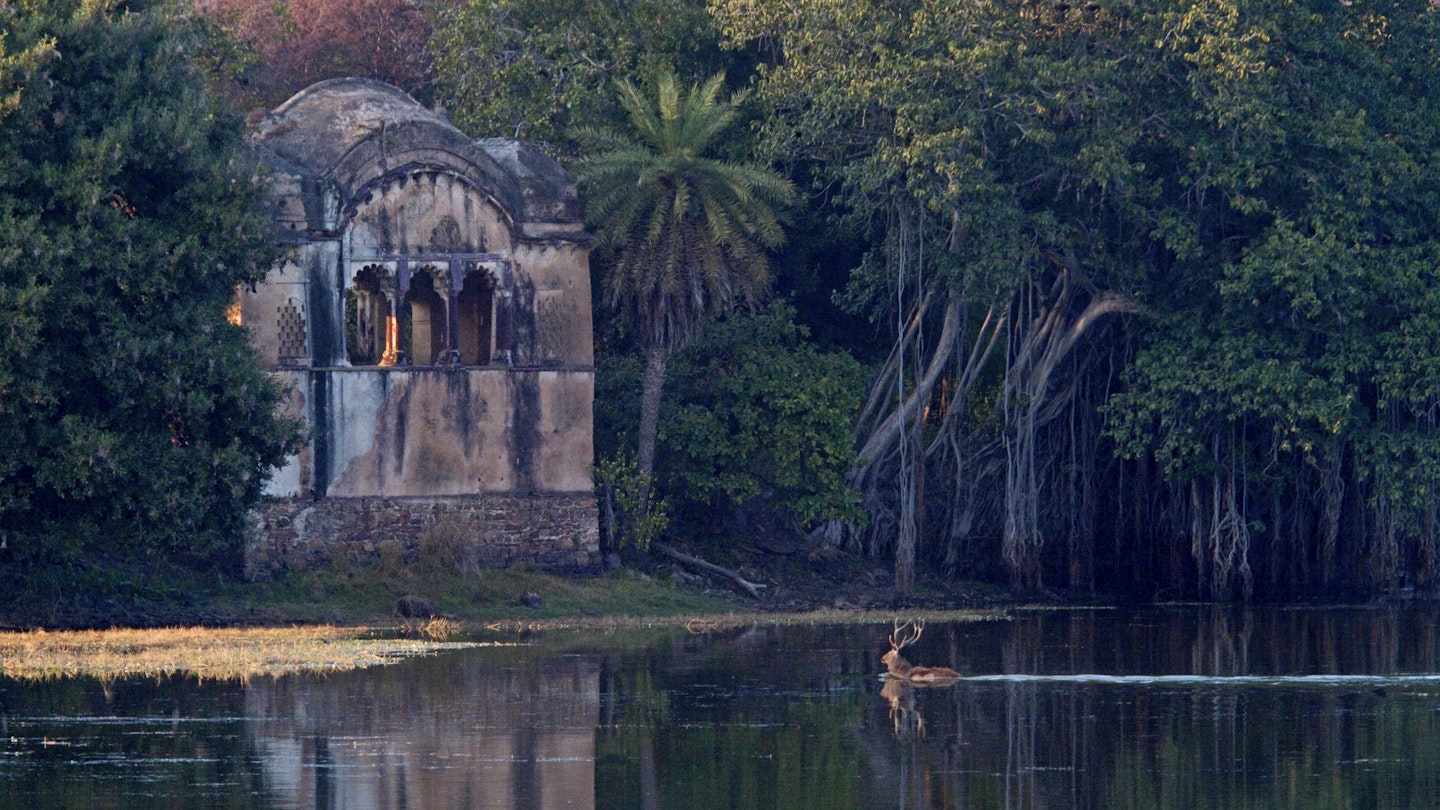Discover India’s Breathtaking National Parks
Half a century ago, India was home to just five national parks. Today, there are over 100! From the majestic Himalayas and the vast plains of Central India to the Western Ghats and the largest mangrove forests in the east, these wildlife reserves have been established to protect the country’s incredible biodiversity, including many endemic and endangered species.
The statistics are impressive: India houses 70% of the world’s tigers, 60% of its Asian elephants, and more than 1,360 species of birds, along with 600 reptiles and 400 mammals, many of which can only be found here.
Managed by government and forest authorities, India’s national parks provide a sanctuary for vulnerable species including snow leopards, lions, and one-horned rhinos. For visitors, embarking on a safari is an exceptional way to observe these magnificent animals in their natural habitats. Plan your visit around these outstanding national parks.
Jim Corbett National Park, Uttarakhand
Named after the renowned British hunter and naturalist Jim Corbett, this is the oldest national park in India. Established in 1936, it spans over 520.8 sq km of dense, deciduous forests nestled in the foothills of the Himalayas, featuring rolling hills, ridges, ravines, and extensive open grasslands, swamps, and marshes.
The park is home to more than 600 species of birds, alongside mammal species including leopards, elephants, and sloth bears. While tiger sightings are uncommon, large herds of elephants can frequently be observed roaming the lush grasslands and near water sources. Outdoor adventures such as river rafting and mountain biking are available, adding excitement to your visit.
Visiting Jim Corbett National Park
Located about 260km northeast of Delhi, the nearest town is Ramnagar, situated just 15km away. Visitors can find accommodation within the park or opt for private resorts outside of it that assist with safari arrangements.
Kaziranga Wildlife Park, Assam
Home to a significant population of one-horned rhinoceros, Kaziranga Wildlife Park is a testament to conservation success. This 430 sq km park, flanked by the Brahmaputra River, is also a breeding ground for elephants, water buffalos, and swamp deer, with tigers and leopards often lurking in the tropical broadleaf forests.
Birdwatchers flock here to catch sight of both endemic and migratory species, such as Blyth’s kingfishers and white-bellied herons.
Visiting Kaziranga National Park
Around 195km northeast of Guwahati, the main entry is at Kohora. Note that the park is closed from May to October due to monsoon rains. Guided tours are mandatory and hiking is generally prohibited.
Kanha National Park, Madhya Pradesh
Covering 940 sq km, this park is renowned for its deciduous forests, towering sal trees, and bamboo groves, having inspired Rudyard Kipling’s The Jungle Book. Visitors can take an exhilarating 4WD safari through its depths, where they may encounter langurs, sloth bears, leopards, and various deer species.
Moreover, the park has successfully revived the swamp deer population, making it a noteworthy area for wildlife conservation.
Visiting Kanha National Park
Open from October to June, the closest airport and railway station is located 160km away in Jabalpur. You can explore several tented camps and wildlife lodges nearby, with prior safari arrangements essential.
Bandhavgarh National Park, Madhya Pradesh
Rich with royal history, Bandhavgarh National Park spans 716 sq km of mixed deciduous forests and grasslands. Legend has it that this area was once an ancient fortress connected to the epic Ramayana. This park is famous for its significant tiger population alongside over 300 bird species and 80 butterfly species.
Visiting Bandhavgarh National Park
Visitation is allowed from October to June as the park closes during monsoon season. The nearest airports are Jabalpur and Khajuraho, approximately 200km and 250km away, respectively.
Ranthambore National Park, Rajasthan
Integrating forts with nature, Ranthambore National Park covers around 1,334 sq km of deciduous forests originally used for royal hunting. Here, tigers and leopards roam, alongside creatures like water buffalo and wild boars. Safari tours typically occur in open-top jeeps, offering panoramic views of the vibrant landscapes.
Visiting Ranthambore National Park
The closest town, Sawai Madhopur, is 14km from the park and is the entry point for safari permits.
Gir National Park, Gujarat
Gir National Park, covering 1,412 sq km, is known as the last refuge for the Asiatic lion. Formerly a royal hunting ground, today it is a sanctuary where thrilling safaris offer chances to see these magnificent creatures in the wild.
Visiting Gir National Park
Located 165km south of Rajkot, the park offers various safari routes for nature enthusiasts to explore, although advanced arrangements are advisable.
Hemis National Park, Jammu and Kashmir
Covering 4,400 sq km of rugged terrain, Hemis National Park is renowned for its elusive snow leopards. Nestled in the high-altitude mountains of Ladakh, the park’s breathtaking scenery is ideal for trekking and scanning the skies for Golden Eagles and other birds of prey.
Visiting Hemis National Park
Leh serves as the closest airport, with the park’s main entrance at Chilling. Local operators assist with necessary permits and guided treks.
Nagarhole National Park, Karnataka
Nagarhole National Park, translating to “snake river,” offers a captivating blend of wildlife across 848 sq km. Observing elephants, wild dogs, and unique bird species around the Kabini River is a treat for wildlife enthusiasts.
Visiting Nagarhole National Park
Located about 80km from Mysore, various accommodations and safari options are available through the forest department and neighboring resorts.





